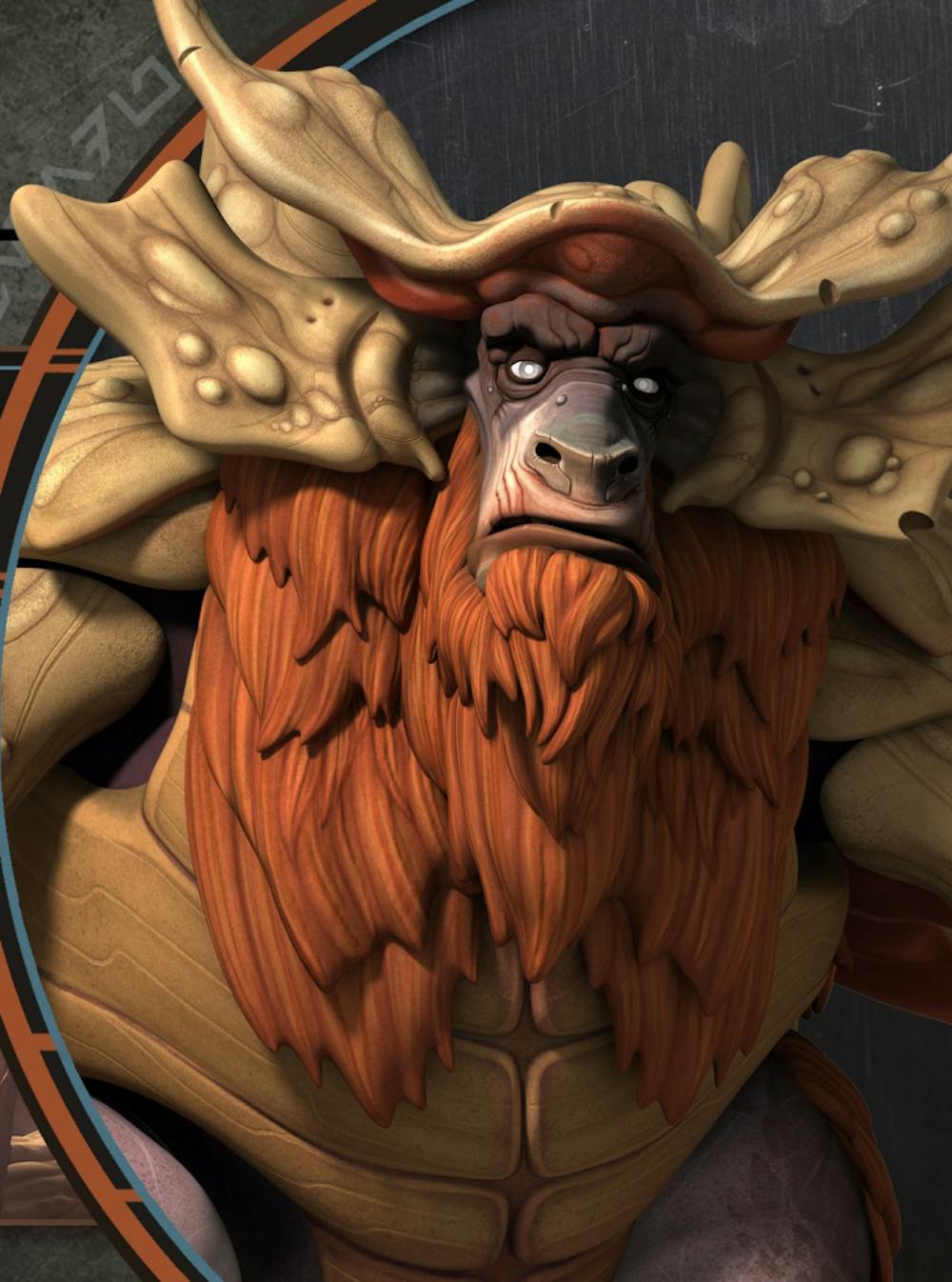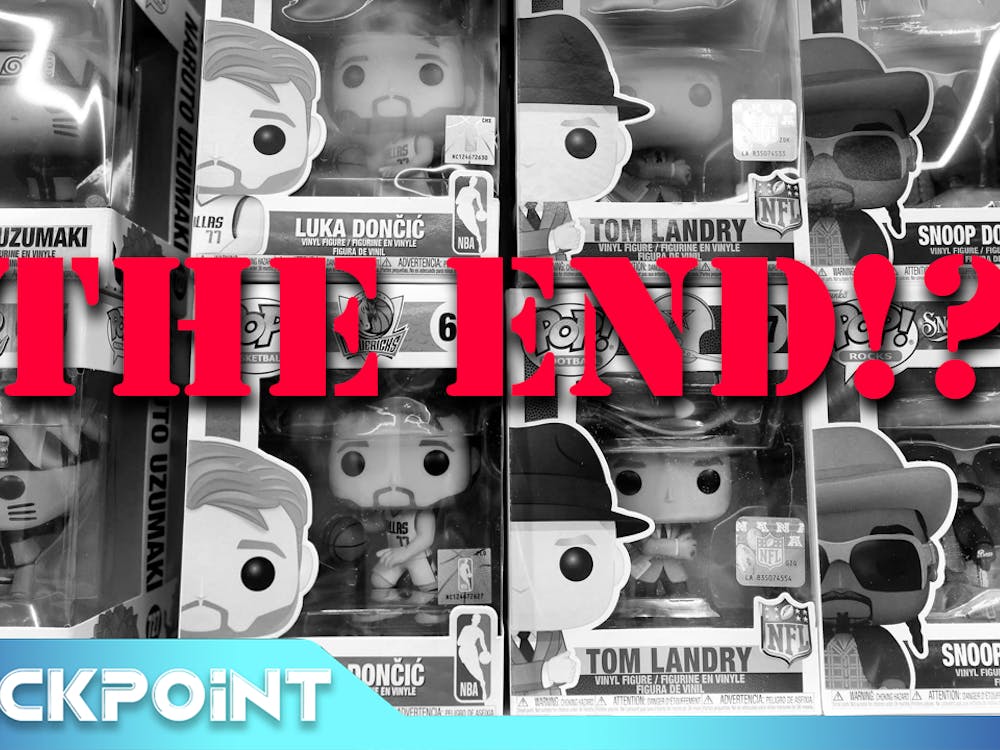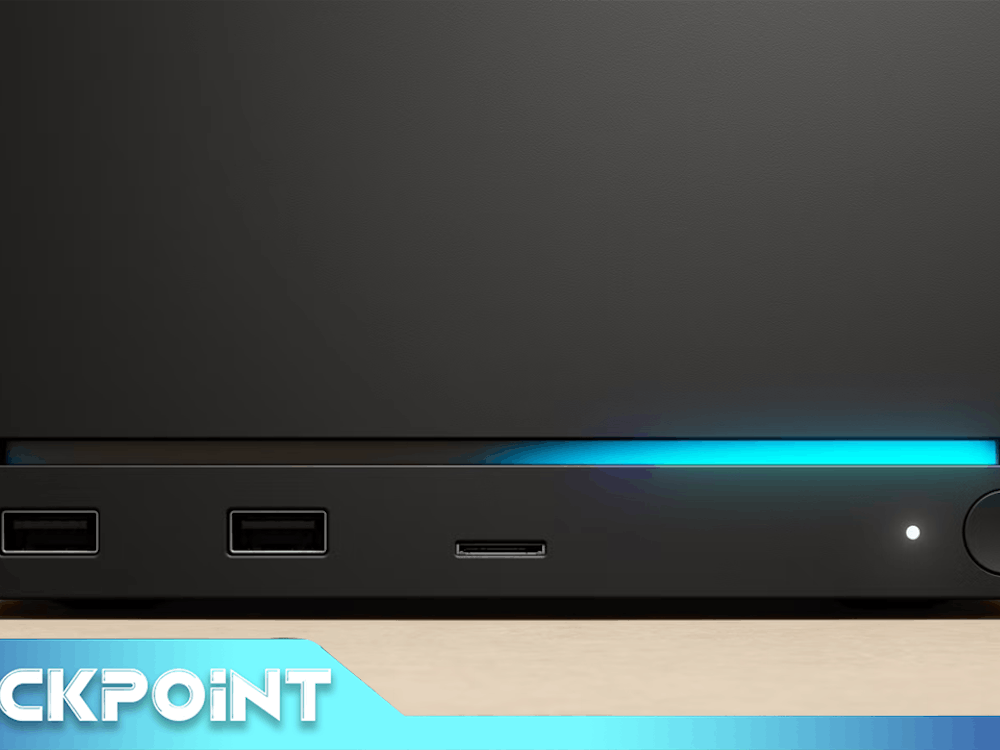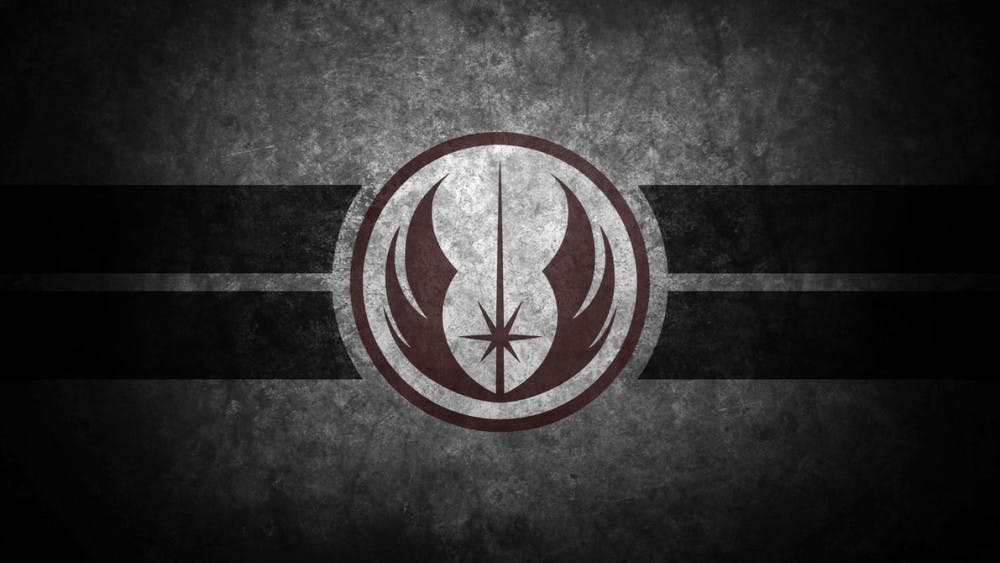With all the different ideologies in the Star Wars universe, two have always stood out and have become the center for basically any and all things that happen in that universe: the Sith and the Jedi. Jedi represent all that is good and Sith represent all that is evil. However, in between those two ideologies is a grey area that takes the best of both worlds and creates the ideology of the Grey Jedi.
The Grey Jedi are a group of people who are gifted in the Force, who walk the line between the light and the dark without being corrupted by the dark side. Another ideology that falls within the Grey Jedi ideology are Jedi who do not follow the will of the Jedi Council and do not restrict themselves by following the Jedi Code. This of course doesn’t sit well with the normal Jedi and that is why the Grey Jedi are a splinter group of the original Jedi Order, having established their own ideology.
The core of the Grey Jedi ideology is balance, not only with the Force but also in every aspect of life within the galaxy. The Grey Jedi recognize that the Force was made up of a Light and a Dark side. Furthermore, they recognized that one could not exist without the other. This is prominent within the Grey Jedi Code.
Flowing through all, there is balance
There is no peace without a passion to create
There is no passion without peace to guide
Knowledge stagnates without the strength to act
Power blinds without the serenity to see
There is freedom in life
There is purpose in death
The Force is all things and I am the Force

Image from Wookieepedia
One character in the Star Wars universe that embodies this code is the character known as The Bendu. The Bendu is a recurring character in the third season of the show Star Wars Rebels. He declares himself a center of the Force and the in between for the light and dark sides.
He never really gets involved when it comes to the Rebellion or the Empire; he just watches from a distance and lets things play out. However, there is a moment where Kanan provokes The Bendu during the Battle of Atollon and releases a Force Storm. However, he attacks both Rebel and Imperial alike, not caring about those who get caught in the middle thus keeping the ideology of Balance by not taking a side.
"Jedi and Sith wield the Ashla and Bogan. The light and the dark. I'm the one in the middle. The Bendu."
There are many other characters that appear in the Star Wars universe that embody the Grey Jedi ideology. Some prominent characters that follow the Grey Jedi ideology are Revan and Kereia.
The philosophies and ideas of Grey Jedi came to the forefront of Star Wars lore in the Knights of the Old Republic games released in 2003 and 2004. These games explored both the light and the dark sides of the Force from their basic forms of charity or cruelty to the upper echelons of serenity or malice respectively.
Players were given the chance to choose their path as the box art for the first game suggests on its back cover and decide the fate of the galaxy by becoming a paragon of the light or the heart of darkness. The choices were myriad and while many were binary, others were steeped in moral choice. For instance, upon finding the Star Map on Kashyyyk in the first game, a projection of a Rakata would ask a series of moral questions tied to different scenarios with several possible answers.

Image from YouTube
One asked what to do if there was advanced warning of an imminent attack coming on a city full of civilians: do you send your soldiers to evacuate the city, alert your enemy to your knowledge of their movements and weaken your frontlines, or do you use the opportunity to strike your enemies with a sudden and deadly attack of your own, outmaneuver them and secure ultimate victory?
On the surface, this choice seems obviously light or dark. The player’s alignment should simply dictate their choice without a second thought. However, consider the lasting effects of this kind of choice.
Saving the civilians would spare many innocent lives but would result in a protracted campaign that would devastate many more cities and cost more lives over a longer period. Assaulting your enemies after they attack the city would mean that their lines are extended and cutting them off from any support would mean their certain defeat and a quick end to the war, saving a dozen more cities and many more soldiers and civilians alike.
So the game poses a complex moral question. Which is better? Which is right?

Image from Crimson Keep
As before many would just assume this is the obvious choice because, “I am a Jedi.” Or “I am a Dark Lord of the Sith.” However, Revan, and by extension his former master Kreia’s story asks players for far deeper understanding of their choices, to ask themselves why is one side better or stronger than the other, and why should any being simply adhere to a doctrine?
“I see them for what they are: two pieces of a whole,” Kreia said during one of her many conversations with the Jedi Exile in KOTOR II.
Revan, who later became the infamous Darth Revan, was a Jedi Knight who left the Order to fight in the Mandalorian Wars even though the Jedi Council forbade it, citing caution and patience. Revan’s defiance led many other Jedi to follow him to war, saving the Republic from the Mandalorian invasion.
Canderous Ordo, a Mandalorian NPC and companion in both games described Revan as the greatest opponent his people had ever faced. “Revan’s skill in battle, his feints, counterattacks, the tenacity of his defenses were too much. And in the end, we lost,” he said during the first game as he described what it was like during the war.

Image from the Star Wars: Knights of the Old Republic Wiki
The end Canderous described came when Revan unleashed a terrible superweapon called the Mass Shadow Generator during the Battle of Malachor V at the edge of the Unknown Regions of the Galaxy. The Republic and Mandalorian fleets fought bitterly while Revan dueled Mandalore, the Mandalorian’s leader, until the weapon caused a gravity well that ripped them to pieces and destroyed the planet they orbited. The Mandalorians were utterly defeated while Revan and the remains of his fleet headed into unknown space.
“Your people will die a slow death. One that will last millennia…,” Kreia said to Canderous as he flaunts his attempts to rebuild the Mandalorian people several years after the war.
Here is a similar moral choice like the one posed by the Rakatan projection above. Should Revan fight another battle on even terms that the Mandalorian fleet might survive to fight again, or does he sacrifice part of his fleet and a single planet on the edge of space to destroy the entire Mandalorian war effort with one command? This is also eerily akin to the decision to drop the atomic bombs on Japan near the end of WWII. Which choice will end the war faster? Which saves more lives in the long run?
Kreia and her former student, Revan, both understood existentialism, the philosophy that stresses freedom of choice and responsibility for the consequences of one’s actions. They called the limitations of the Jedi and Sith ideologies into question and formed a grey morality within Star Wars lore.
During the Mandalorian Wars, world after world fell victim to enslavement and destruction at the hands of the Mandalorians. Despite this and public outcry for the Jedi to defend them, the Jedi urged caution and patience.
Many in the games express their disdain for this decision and feel it was a betrayal. Atton Rand, a companion in KOTOR II who fought for the Republic under Revan’s command in the war shared this sentiment in game saying, “I’ll tell you – all those Jedi at Malachor? They deserved it. Every last one of them. Because Jedi lie. And they manipulate. And every act of charity or kindness they do, you can drag it out into the light and see it for what it is. The galaxy doesn’t need Jedi arrogance or Jedi hypocrisy anymore.”

Image from ModDB
“At least the Sith are honest about what they’re killing for. The Jedi are pacifists… except in times of war. They’re teachers… except when it comes time to tell their students the truth. And when they save you, its only so you can suffer more,” he said.
The Star Wars universe has focused predominantly on the conflict between light and dark with both sides constantly at odds with each other with no room for compromise. The Jedi and the Sith never consider the full scope of the Force and its relation to the people it touches. Rather they sought to impose an ideology onto a universal being.
The Grey Jedi philosophy, born out of Existentialism and exemplified through the actions and ideals of Revan and Kreia, opens up large untapped potential within Star Wars and the Jedi and Sith.

Image from the Star Wars: Knights of the Old Republic Wiki
“Revan was power. Looking at him was like staring into the Heart of the Force,” Kreia said to the Jedi Exile in KOTOR II as she described the command of the Force he wielded. “Even then you could see the names of the Jedi he would slay etched on his soul.”
Sources: Wookieepedia
Images: Wookieepedia, Youtube, Wikia, ModDB, Crimson Keep
For more entertainment related content, visit us at Byte Bsu!



















